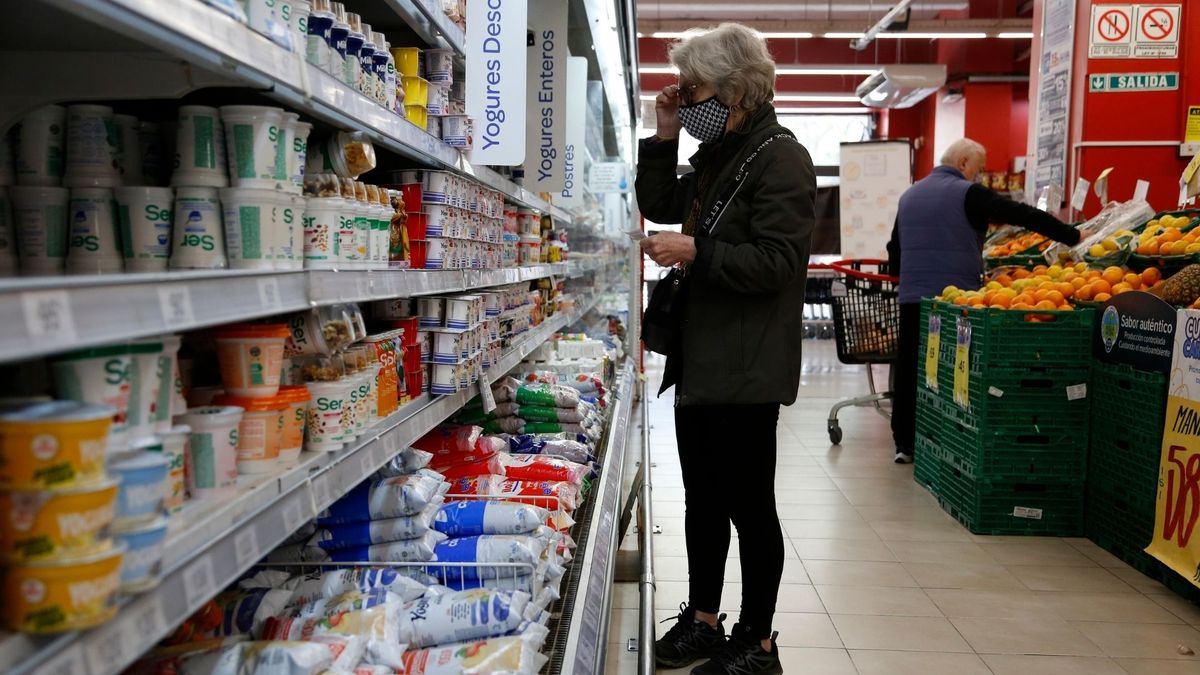In the three products analyzed it is possible to see that 3 out of every 4 pesos of taxes correspond to national taxes, in some products even more. “At times when inflation accelerates, there is a tendency to discuss prices, the chain and costs, but in reality the problem is not a particular price but the peso itself, our currency loses purchase value, the problem is much broader,” warned FADA.
The entity explained that “we have a deep fiscal deficit, which is financed by issuing pesos. And to that is added the lack of confidence. This situation translates into pesos that are worth less and less: that is inflation.”
The work showed that, in the price of the whole milk sachet, the dairy represents 35%, the industry 32%, commerce 7% and taxes 26%. Of the taxes paid by the chain, 78% are national, 18% provincial and 4% municipal; VAT represents 67% of all taxes.
Meanwhile, of the total that the consumer pays per kilo of French bread, wheat represents 13%, the mill 4%, the bakery 60% and taxes 23%: from the field to the table, the price of wheat is multiplied by 7.5.
fada.JPG
“The leap that occurs in the bakery is due to the fact that in this link two processes are combined: production and marketing. It has an intensive use of labor, service costs and rental costs. Additionally, the scales of production throughout along the chains are different, while wheat and flour are made on a large scale, in the bakery it is produced in a more traditional way, so unit costs are higher,” FADA pointed out.
In addition, he indicated that throughout the chain labor represents 34% of the final price, accumulated largely in the bakery sector: for every kilo of bread that a consumer buys, he pays $70 in wages, $47 in taxes and only $26 in wheat.
The report also revealed that between February and the first week of April this year, the price of wheat increased by 30% and corn by 10%.
“Taking into account how grain influences food, the consumer price of French bread should not increase more than 4% because of wheat or, in the case of corn, should not increase more than 1.6 % pork meat, or 2.3% poultry meat, 0.6% milk and 1.1% beef. With this information, the myth that the price is set by the producer falls, “said FADA.
In the meat, in the average price the breeding represents 28%, the feedlot 29%, refrigerator 5%, butcher 10% and taxes 28%; corn represents 11% of the price of a kilo of meat at the counter.
Of the tax burden -which represents 28% of the price- 60% are chain costs and 11% profit: of these taxes, 75% are national, 19% provincial and 6% municipal.
meat.JPG

Income tax and VAT are the ones with the greatest participation, which together represent 65% of total taxes.
The entity considered that “restricting exports of meat, wheat or corn, creating a wheat trust or raising export duties on grains, are measures that in no way reduce inflation, they only generate new obstacles and fewer incentives to produce” .
“In the long term, the only thing that ensures that meat, milk or bread are cheap is more production. That there is more supply is the only genuine way for a product to be cheap. For this reason, what is actually What to do is encourage production, opening markets, generating predictability, lowering the tax burden“, he concluded.
Source: Ambito
David William is a talented author who has made a name for himself in the world of writing. He is a professional author who writes on a wide range of topics, from general interest to opinion news. David is currently working as a writer at 24 hours worlds where he brings his unique perspective and in-depth research to his articles, making them both informative and engaging.




